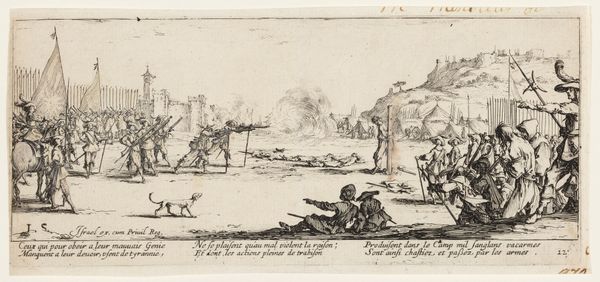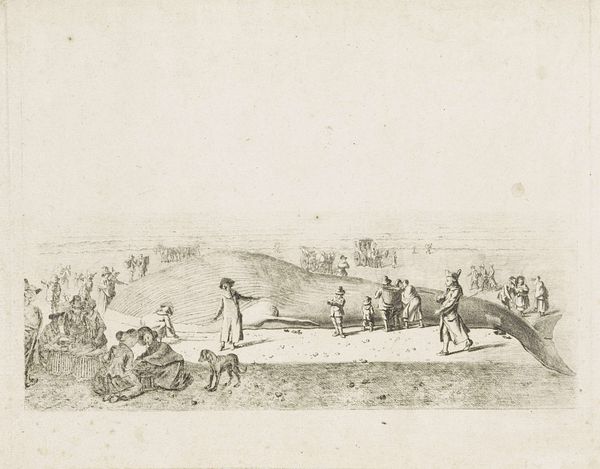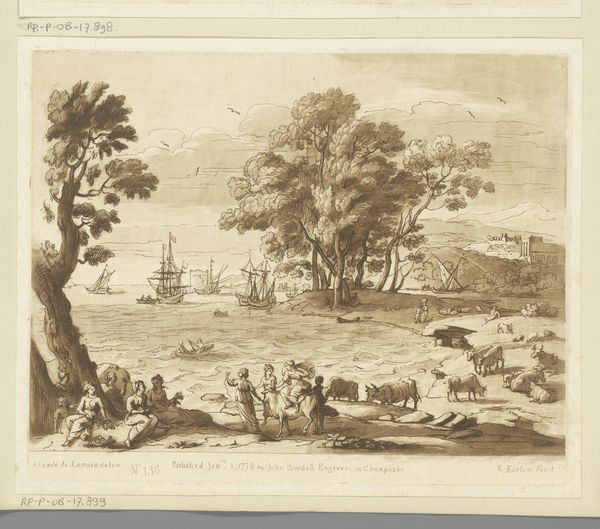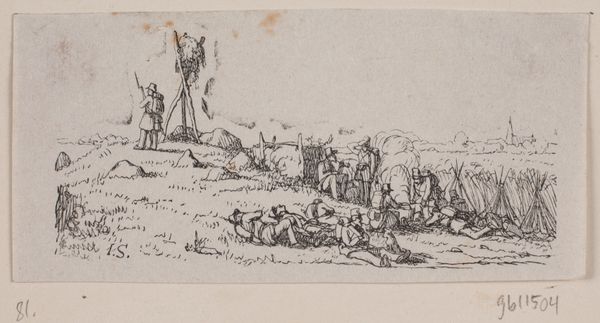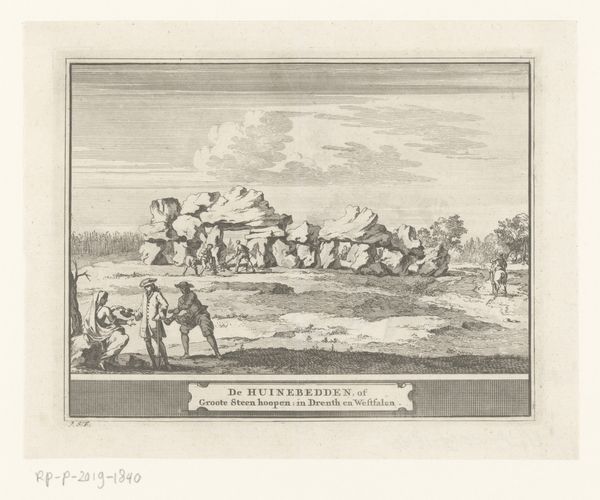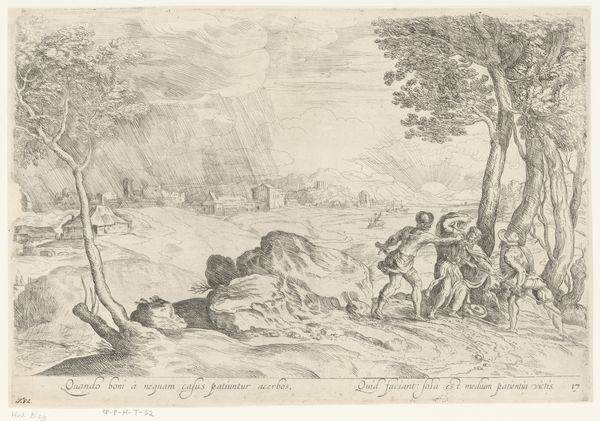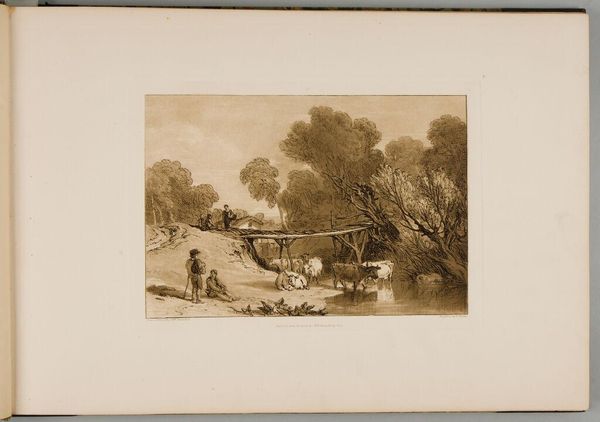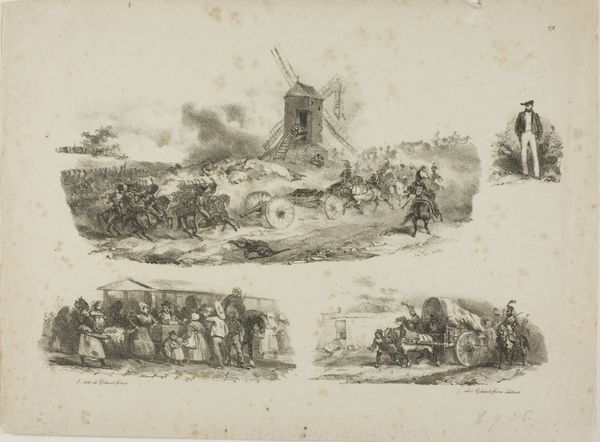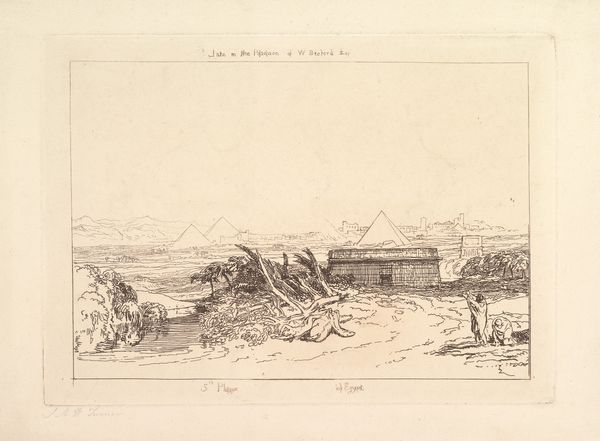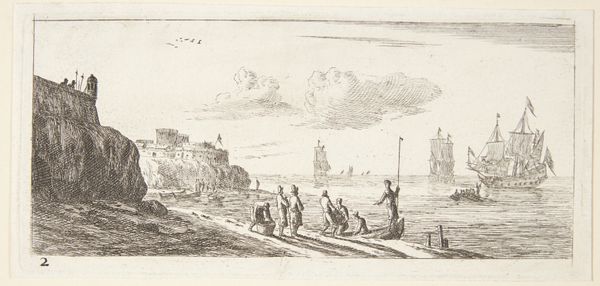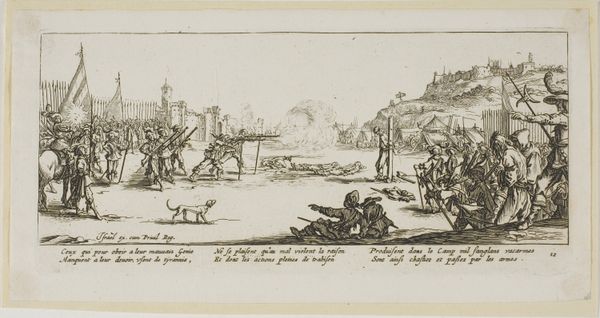
Dimensions: Image: 7 Ã 18.3 cm (2 3/4 Ã 7 3/16 in.) Sheet: 8.5 Ã 19 cm (3 3/8 Ã 7 1/2 in.)
Copyright: CC0 1.0
Curator: Callot's "Mass Execution with Guns" is a stark depiction of violence. What strikes me is its unflinching portrayal of state-sanctioned murder. What do you see here, beyond the immediate horror? Editor: The scene is undeniably brutal. The scale, though small, amplifies the sense of cold, calculated cruelty. I wonder, how did Callot's personal experiences shape his perspective on such atrocities? Curator: Callot lived through a period of immense political and religious conflict. His work became a vehicle to expose the realities of war and challenge the glorification of violence. The detached observation almost accuses the viewer of complicity, doesn't it? Editor: It does. The detailed rendering of the executioners versus the faceless victims is particularly disturbing. Curator: Exactly. It forces us to confront the dehumanization inherent in these power structures. How do you think this image might resonate with contemporary audiences, considering ongoing conflicts and social injustices? Editor: I think it's a potent reminder that state violence and dehumanization are not relics of the past. Curator: Precisely. It is a call to engage critically with systems of power and question the narratives that normalize such atrocities. Editor: That’s a powerful takeaway. I’ll never look at historical art the same way again.
Comments
No comments
Be the first to comment and join the conversation on the ultimate creative platform.
